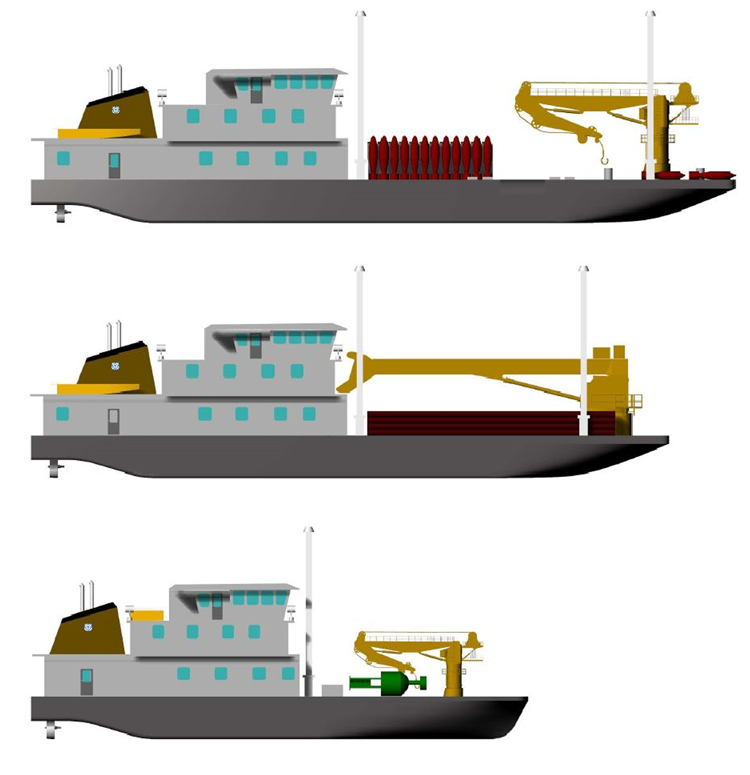The Coast Guard has begun the early steps of replacing its aging fleet of buoy tenders that service aids to navigation (ATON) in federal inland waterways.
The current fleet of 35 river buoy tenders, inland construction tenders and inland buoy tenders will be replaced by 30 waterways commerce cutters (WCC). WorkBoat held a webinar on the WCC program on Jan. 20.
The timeline to complete the new fleet by 2030 was set in motion by the congressional approval of $25 million for the WCC program in the fiscal year 2021 Department of Defense appropriations bill in December. This allowed the Coast Guard to issue a request for information for the prospective proposal for inland buoy tenders in January. A draft request for proposal for detailed design and construction of the river buoy tenders (WLRs) and inland construction tenders (WLICs) was released last July.
The request for proposal for the WLRs and WLICs is expected this spring. The RFP for three inland buoy tenders is expected in late 2023.
The first construction contract is expected to be awarded during fiscal 2022, which begins Oct. 1, 2021, and the first vessel will be in service by 2025, according to a recently released report by the Congressional Research Service. To keep to this schedule, six vessels would have to be procured each year.
The WCCs provide essential services along inland waterways and coastal areas of the country, tending rivers and coastal buoys and driving and removing piles and erecting and repairing range towers and major lights. These vessels are also involved in port, river and coastal security, search and rescue, marine safety and marine environmental protection.
The current fleet is so old and expensive to repair that the Coast Guard says replacing them will be more cost effective than continuing to operate and maintain them, the CRS report said.
The vessels break down frequently, often remaining out of operation for up to 45 days while being repaired and have poor living conditions for crewmembers.
The average age of the existing fleet is 56, with the oldest two being 76 and 75 years old, and the youngest two being 30 years old. The others are 44-to-46 years old. Vessels are based along many U.S. rivers in places like Alabama, Illinois, Kentucky, Mississippi, Pennsylvania and Tennessee, and at cities along the East and Gulf coasts in Florida, Louisiana, Maryland, North and South Carolina, Texas and Virginia.
The new fleet of 30 vessels would include 16 river buoy tenders, 11 inland construction tenders and three inland buoy tenders. The design of the three different vessels will depend on its mission, with different hull lengths, working deck layouts and deck equipment.




